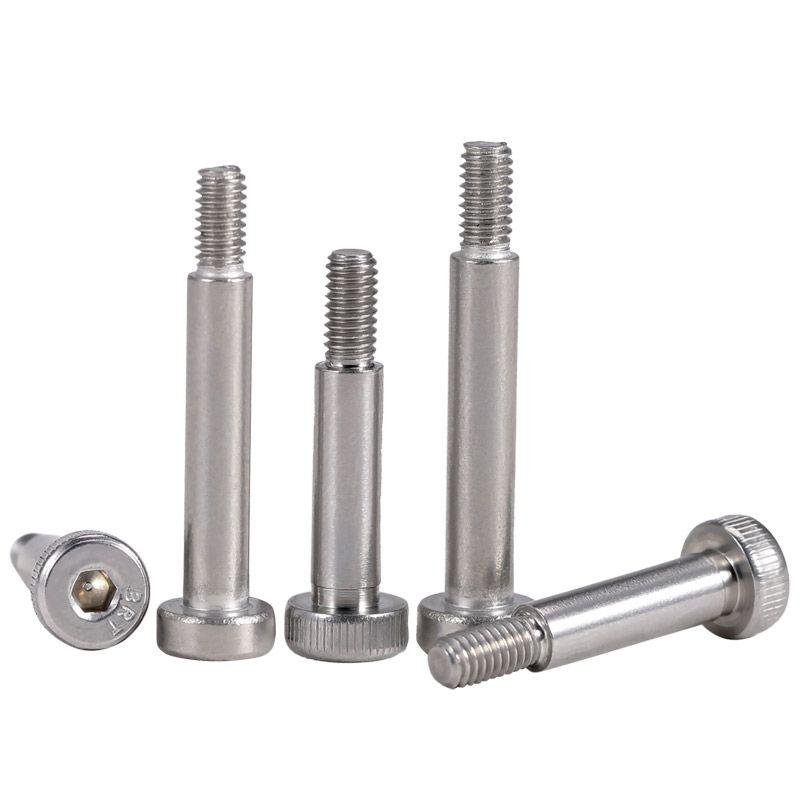Understanding Self-Tapping Screws: Essential Fasteners for Small Appliance Repair
In the world of small appliance repair, choosing the right fasteners is critical to ensuring durability and reliability. One of the most commonly used fasteners in this field is the self-tapping screw. These screws are engineered to create their own threads as they are driven into materials, eliminating the need for pre-drilled holes in many cases. This feature makes them invaluable for assembling and repairing appliances, where precision and efficiency are paramount.
What Makes Self-Tapping Screws Unique?
Unlike standard screws, self-tapping screws have a sharp, cutting edge that carves out its own threads as it penetrates a surface. This ability to tap into metal, plastic, or wood makes them a preferred choice in small appliance repair, where access to traditional fastening methods may be limited.
Why Are Self-Tapping Screws Ideal for Appliance Repair?
Small appliances, such as coffee makers, blenders, and microwave ovens, often have delicate internal components and lightweight frames that require secure yet non-invasive fastening solutions. Self-tapping screws offer several advantages:
1. Reduced Installation Time
Since these screws do not always require a pre-drilled hole, they streamline the assembly and repair process. This feature is especially beneficial when working with appliances that have thin metal casings or plastic enclosures.
2. Enhanced Grip and Stability
Appliances experience frequent vibrations and movement, making fastening reliability crucial. Self-tapping screws provide a strong hold by cutting precise threads, which reduces the risk of loosening over time.
3. Versatile Material Compatibility
Whether fastening metal to plastic, plastic to wood, or other combinations, self-tapping screws accommodate a wide range of materials. This makes them an excellent solution for repairing different types of household appliances.
Types of Self-Tapping Screws Commonly Used in Appliance Repair
Pan Head Self-Tapping Screws
These screws have a slightly rounded head with a flat underside, providing a broad surface area for securing components tightly. They are commonly found in appliance circuit boards and plastic housings.
Flat Head Self-Tapping Screws
Designed to sit flush with the surface, these screws are ideal for applications where a smooth, even finish is required. They are often used in assembling appliance control panels and external casings.
Hex Head Self-Tapping Screws
With their six-sided head, these screws offer superior torque resistance, making them perfect for securing heavy-duty components such as motor mounts and internal metal frames.
Proper Techniques for Using Self-Tapping Screws
While self-tapping screws simplify fastening, following best practices ensures the best results and prolongs appliance longevity.
Step 1: Choosing the Right Screw Size
Selecting a screw that matches the thickness and type of material is crucial. Using an overly large screw can cause damage, while a too-small screw may not hold securely.
Step 2: Preparing the Surface
For hard materials like metal, drilling a small pilot hole helps guide the screw and prevents cracking or excess stress on the surrounding surface.
Step 3: Applying Even Pressure
Drive the screw in with consistent force, avoiding over-tightening, which can strip the threads and weaken the connection.
Step 4: Testing the Stability
After installation, gently test the stability of the fastened component. If any movement is detected, re-evaluate the screw size or fastening method.
Common Challenges and Solutions
Problem: Stripped Threads
If the threads are stripped, the screw may not hold properly. Using a slightly larger self-tapping screw or applying a thread locker can help restore grip.
Problem: Cracking in Plastic Components
Plastic can be fragile, especially in older appliances. To minimize cracking, consider drilling a pilot hole or using screws with finer threads that distribute pressure more evenly.
Problem: Loosening Over Time
Appliances vibrate during operation, which can cause screws to loosen. Ensuring a snug fit and occasionally checking fasteners during maintenance can prevent this issue.
Final Thoughts
Self-tapping screws play a crucial role in small appliance repair, providing a reliable and efficient method for securing components. Their ability to create strong, lasting threads without requiring complex preparation makes them a go-to fastener for professionals and DIY repair enthusiasts alike.
For high-quality self-tapping screws tailored for appliance repair, explore our selection and choose the best fasteners for your next project.







